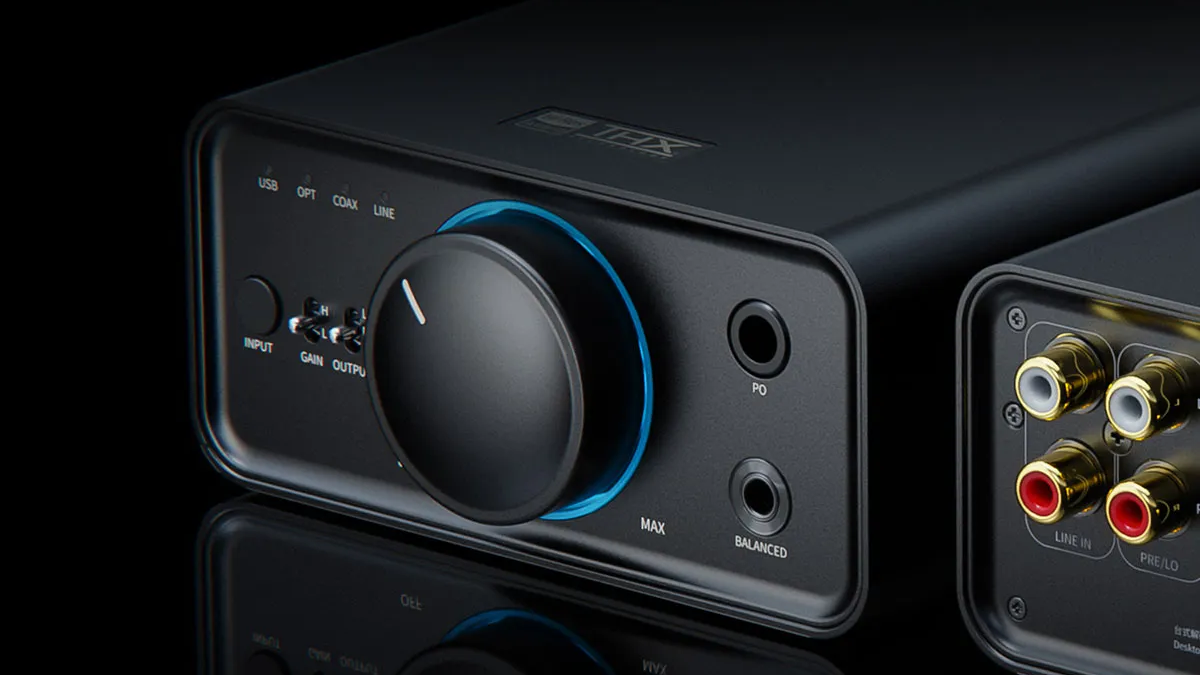
You don’t need us to tell you how rotten your laptop sounds when you plug a pair of headphones into it. And judging by the amount of choice you have when choosing a headphone amp/DAC to try and address that situation, you don’t need to tell audio brands either.
The K7 is FiiO’s most recent attempt to bring its acknowledged expertise to bear in a ‘desktop audio system’ scenario. The price is right, the specification looks good. So how does it perform?
KiiO K7: Price & Availability
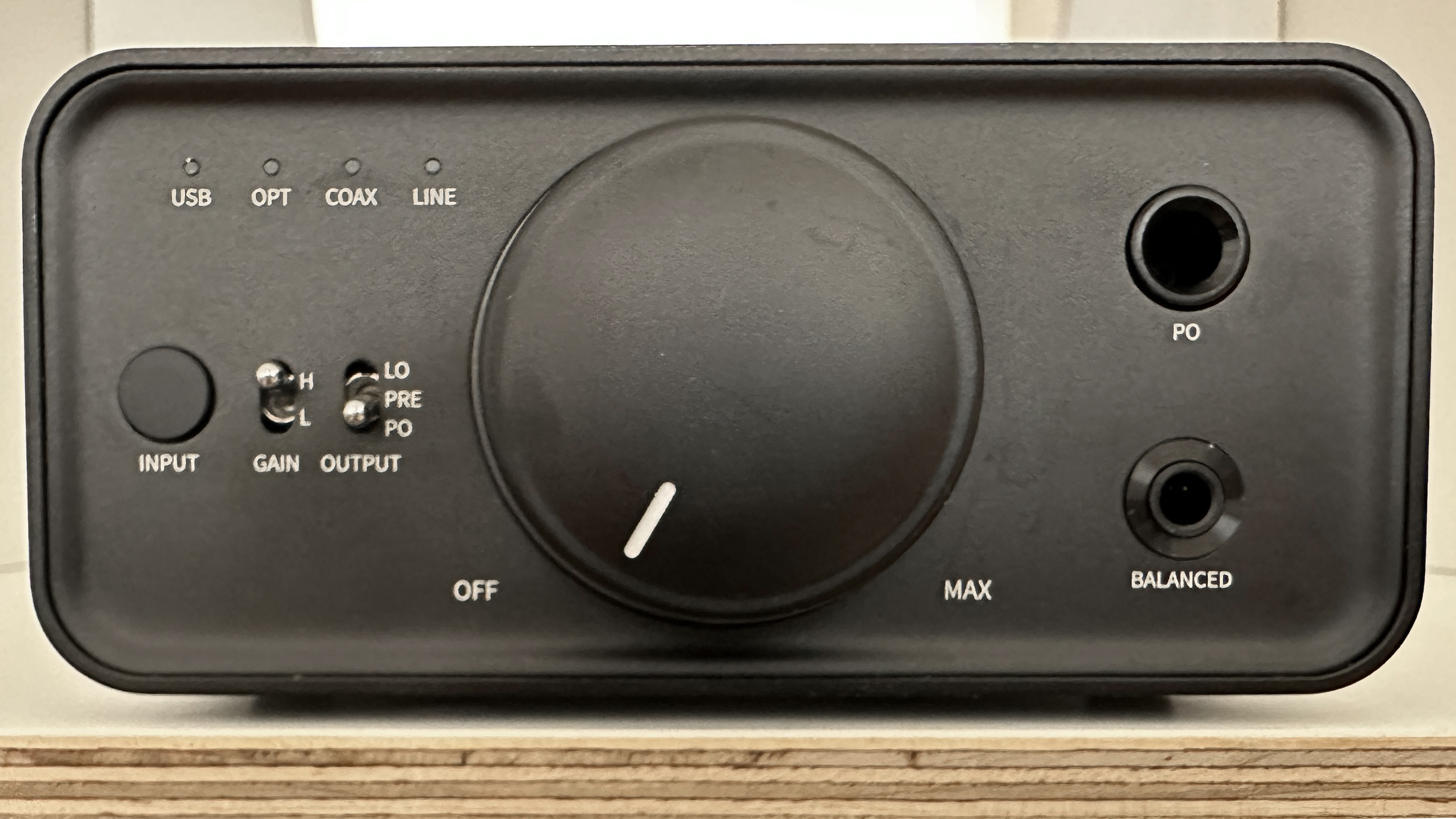
The FiiO K7 is on sale now, and in the United Kingdom you’ll have to part with £189 to secure one. In the United States you’re looking at $199. While in Australia you should expect to pay no more than AU$339.
Even a cursory glance at our selection of the best DACs you can buy shows that all shapes, all sizes and all price-points are available. So is the FiiO K7 worth a place on the list?
KiiO K7 review: Features & What's New?
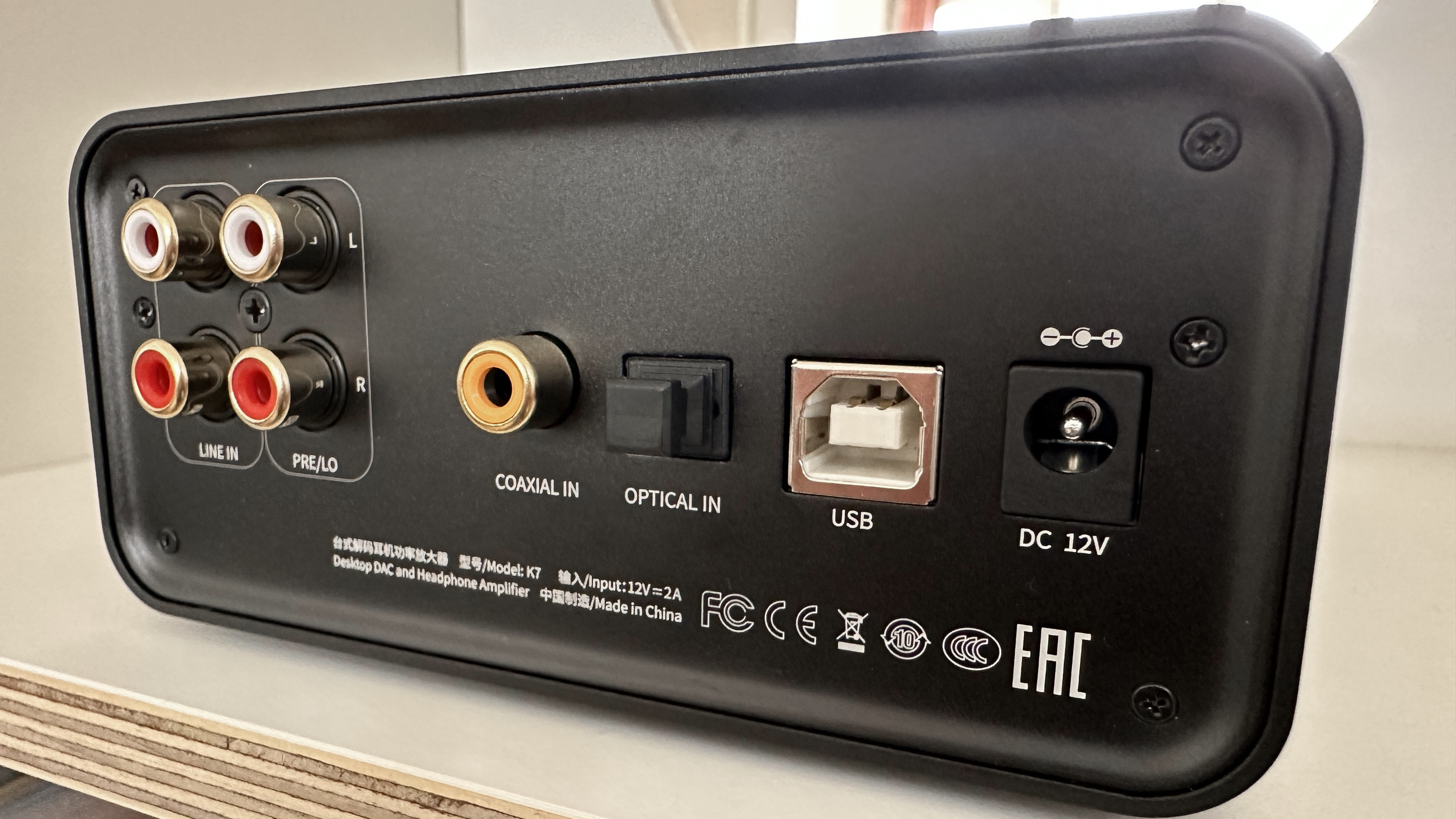
There has been no overt scrimping where this product’s specification is concerned. The FiiO K7 may be one of the more affordable examples of its type, but a glance at the spec sheet might suggest it costs a bit more than it actually does.
Six-stage audio circuit architecture, with balanced analogue and digital sections, is designed to minimise crosstalk and maintain signal integrity. The 112-step volume control has been designed to keep noise levels as low as possible, and to guard against imbalance between left and right channels - one channel playing louder than the other, especially at low volume levels, is not unheard-of in products like this, after all.
Power is provided by THX’s AAA 788+ amplifiers (as it is in some of FiiO’s more expensive models). And the actual business of digital-to-analogue conversion is handled by a pair of AK4493SEQ DAC chips - they’re provided by AKM under its ‘Velvet Sound’ sub-brand, and there’s one for each of the stereo channels. Native resolution is 32bit/784kHz and DSD256 - so if you want to outstrip their abilities you’ll have to go some.
KiiO K7 review: Performance
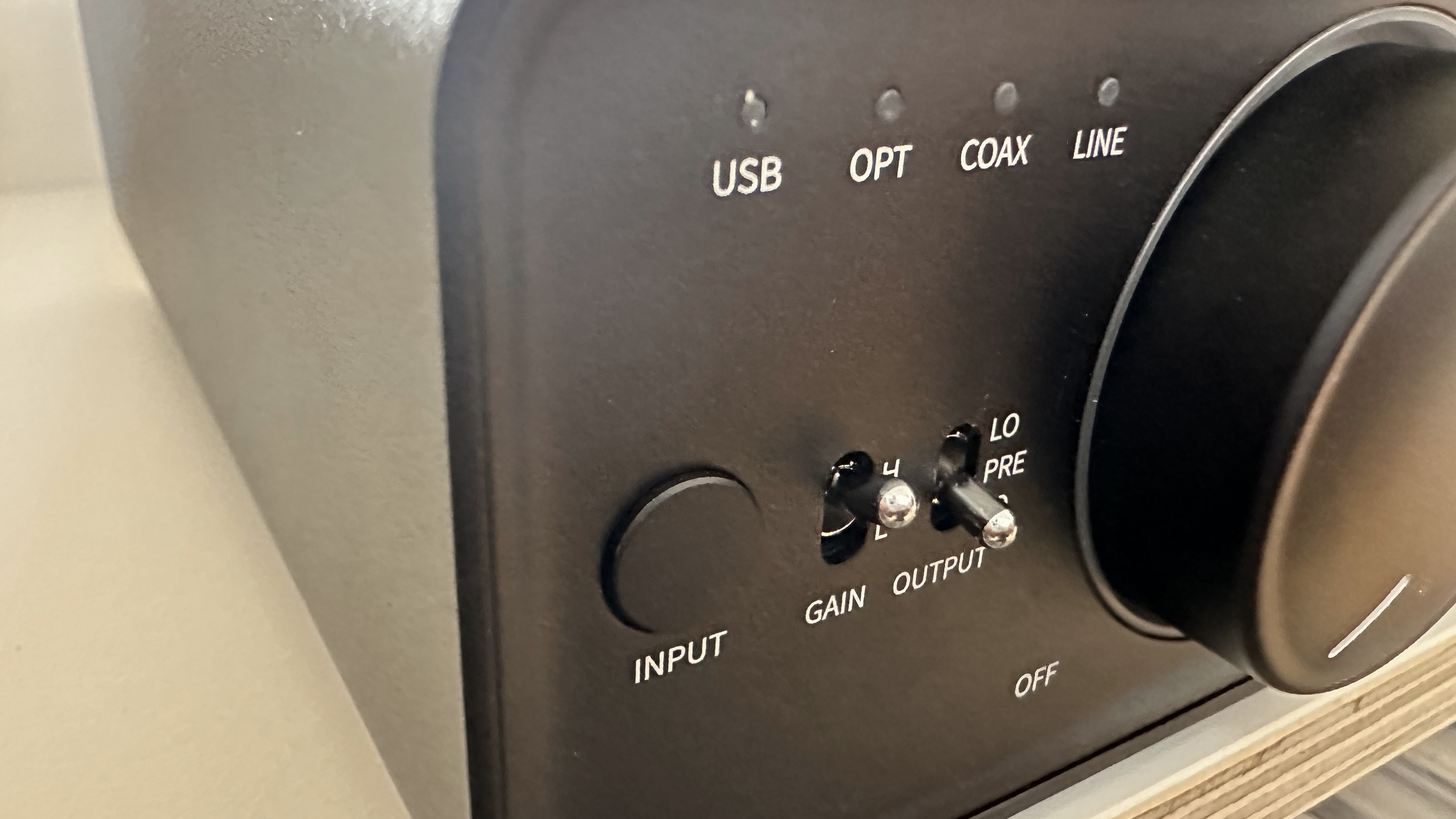
Some DACs can be quite hostile to lower-resolution digital audio files, as if it’s somehow beneath them to help a bog-standard MP3 file to sound its best. But it’s safe to say that’s not how the FiiO K7 rolls. Instead, it makes the best of the circumstances in which it finds itself, no matter if those circumstances equate to a stream from the free Spotify tier or some enormous DSD128 content. The K7 plays no favourites.
So no matter the task you set it, its efforts to create a spacious, well-defined soundstage and to organise the participants on it as coherently as possible never waver. It’s not the most out-and-out expansive presentation you've ever heard, but there’s more than enough breathing space for each individual strand of a recording to securely do its thing. The midrange comes out of things particularly well - vocalists are ushered towards the front of the stage, where they’re able to express themselves fully while still remaining a part of the overall presentation.
There’s a suggestion of heat to the overall tonal balance, just a hint of warmth that prevents the K7 sounding entirely neutral. It’s most obvious in the lower register - bass sounds don’t wallow, and hit with proper solidity, but they definitely err towards the ‘lush’. Edge definition is good, though, and there’s sufficient clarity to low frequencies to keep rhythms on the front foot and the momentum up. The fact that detail levels are impressively high in every area doesn’t do any harm, either.
At the top-end the FiiO manages to create some crunch and shine despite its relative warmth, and treble sounds have more than enough substance to sound of a piece with everything going on beneath them. And the K7 pays close attention to small dynamic variations in a recording in the same way it is quite able to express the bigger dynamic shifts too.
It’s not an especially loud device, though, the K7. Although tested using easy-to-drive headphones of unremarkable load, it just doesn’t create all that much out-and-out volume - even if you wind the volume control a long way clockwise. And the volume control itself is just slightly aggravating - it’s slower than is ideal to respond to inputs, so there’s always a split-second where you wonder if your input has been registered at all.
KiiO K7 review: Design & Usability
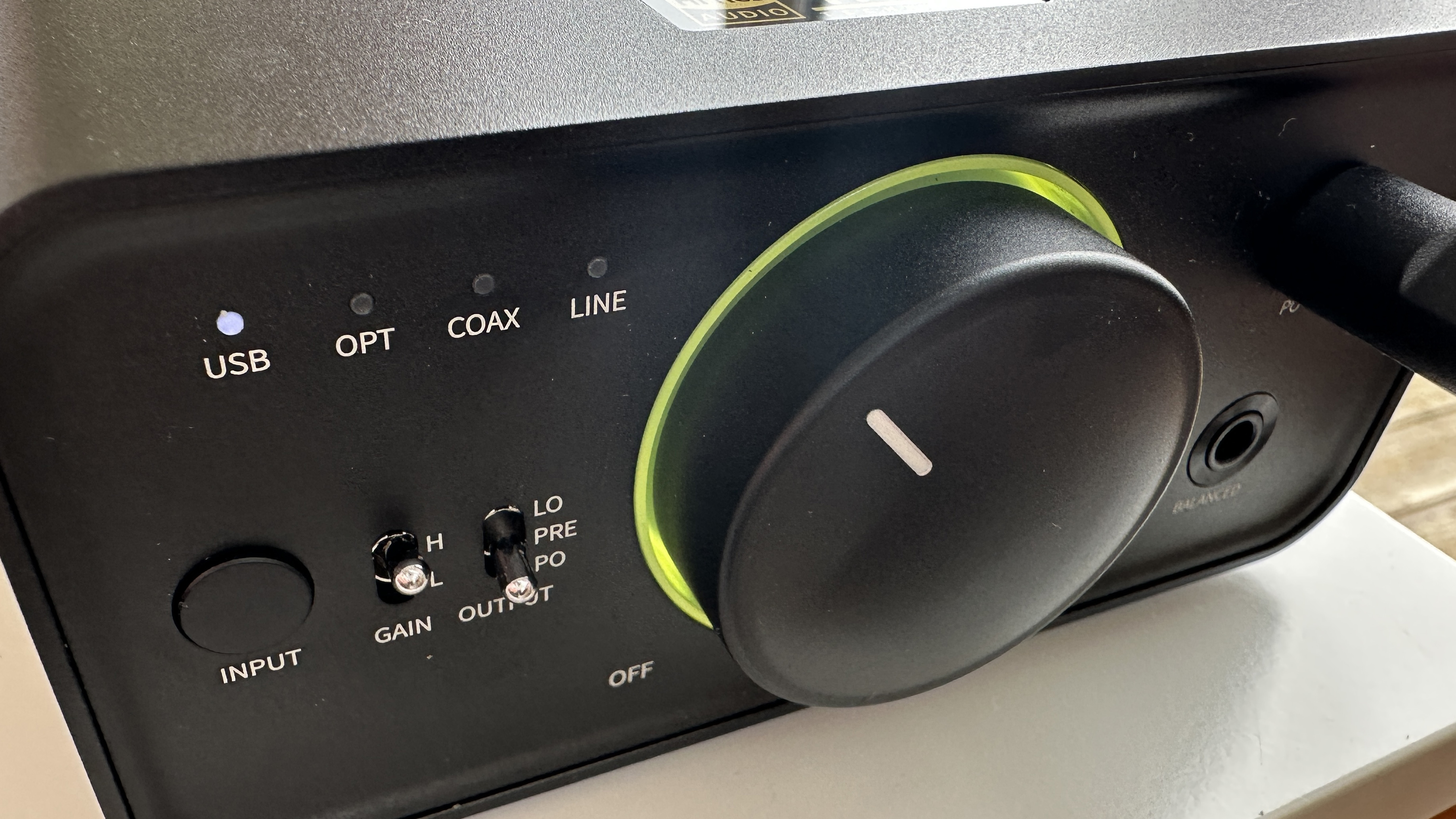
Some headphone DACs are portable - the FiiO K7 is not. At 55 x 120 x 168mm (HxWxD) it’s very tidily proportioned, of course, and is no kind of burden to accommodate on a desktop or equipment rack - but if you’re looking to boost your smartphone’s sound while you’re on the go, look elsewhere.
The K7 is almost entirely fashioned from a single piece of aluminium - nicely judged curves on every side allow the top, bottom and sides of the FiiO to follow into each other. The front and rear panels are aluminium too. As far as the quality of build and finish are concerned, FiiO has nothing to apologise for here.
The front panel features a big, central dial that takes care of ‘power on/off’ and volume level. It scrolls smoothly enough, and it’s surrounded by a ring of RGB LEDs - they glow in many colours on start-up, and then settle down to a single colour dictated by the standard of the audio information the K7 is dealing with.
To its right are a couple of headphone outputs (6.3mm and 4.4mm balanced); to the left is an input selector and a few little LEDs to confirm your selection. There are also two rocker switches: one is to selected ‘low’ or ‘high’ gain (which will be dictated by the sort of headphones you’ve plugged in) and the other is an output selector (because the K7 can be used as a DAC, with a speaker system or with headphones). Their action is nice and positive.
On the rear panel, meanwhile, you’ll find USB-B, digital optical and digital coaxial inputs, along with stereo RCA analogue inputs and outputs. There’s also a socket for mains power - there’s no battery option here.
Operating the K7 couldn’t really be any simpler. Position it for your convenience, plug it into the mains and attach the equipment on which you’d like it to bring its digital-to-analogue conversion power to bear. Then let it know if it’s sending its output signal to a system or to some headphones. Then turn it on, choose an appropriate volume level, and you’re up and running.
KiiO K7 review: Verdict
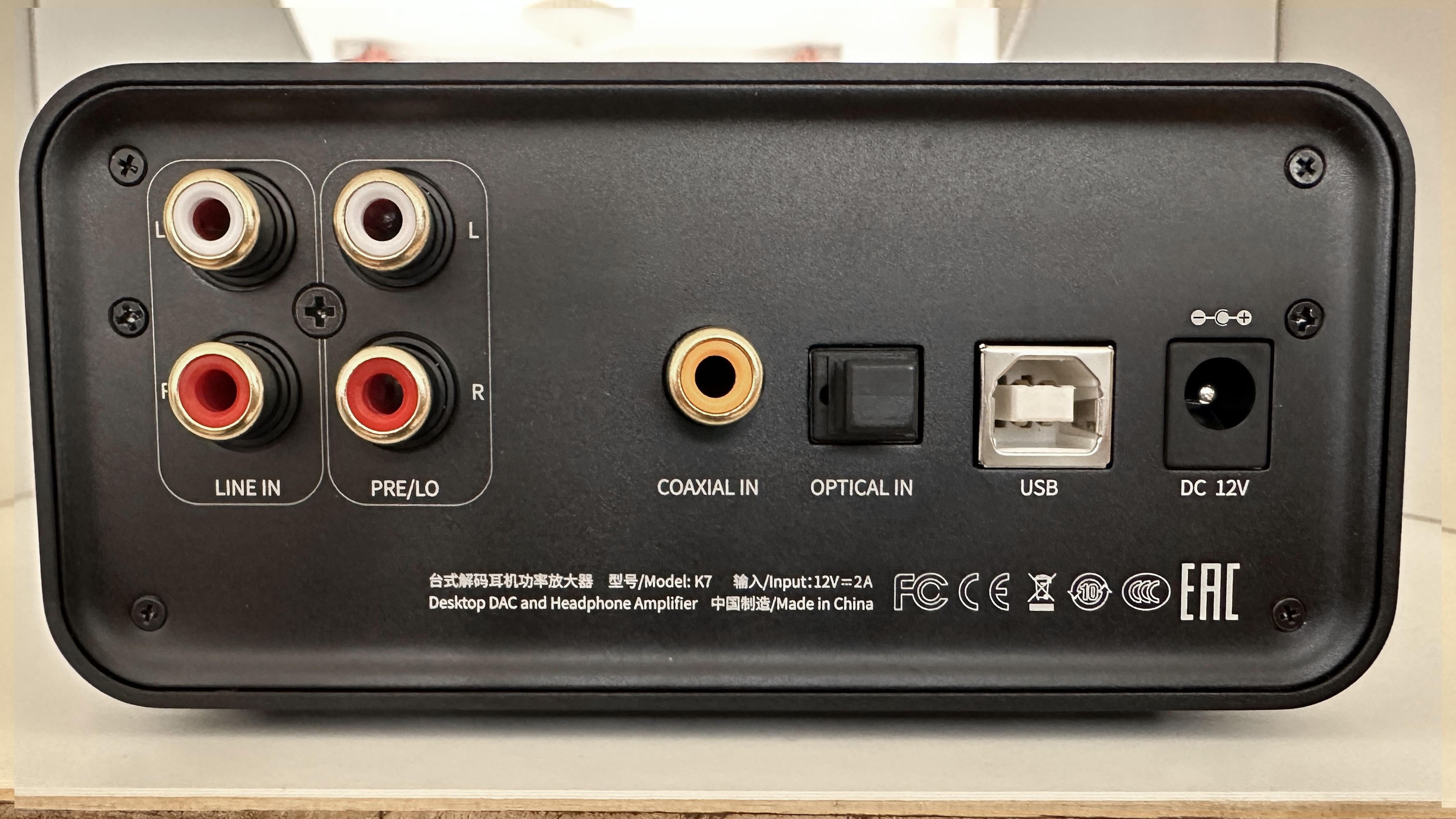
That the FiiO K7 gets far more right than it gets wrong really should be obvious by this point. It’s a gregarious desktop companion, prepared to make the best of whatever you put into it and staying neat and discreet while it does so.
The lack of outright volume might perturb some listeners, though, and the K7’s willingness to stick its oar into the tonality of recordings isn’t absolutely ideal either.
If you can live with these character traits, though, there’s a lot of good stuff here for the money. Because the Fiio K7 is a bit of a bargain as headphone DACs go...
Also consider
Lately the price of the iFi Zen DAC v2 has dropped to a very similar level to that of the FiiO K7 - and there’s no two ways about it, the iFi is a better-balanced listen. There’s MQA decoding on board, which makes it an even more compelling desktop option - just remember to budget for a mains adapter!







